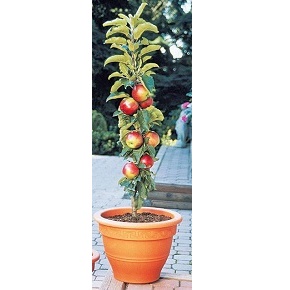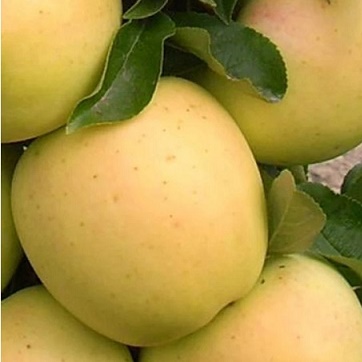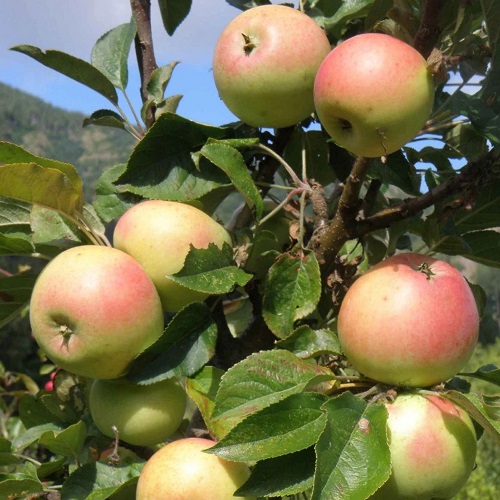Apple Columnar : URBAN TASTY RED® Semi-Dwarf (M106)
$55.95
Our columnar lineup gets a fresh infusion of talent with these exciting new European selections. Dr. Jaroslav Tupy of the Czech Republic has developed the Urban Apple® series–a number of scab and mildew resistant varieties ideally suited for the aspiring orchardist with very limited space.
This firm, juicy apple turns bright, fire engine red when fully ripe. Enjoy them either fresh or baked in a pie. Even on the semi-dwarf rootstock these unique Urban Apple® trees will seldom grow taller than 3m (8-10') and with pruning can easily be kept at less than 1m (3') wide. All can pollenize each other. Any nearby apple tree blooming at the same time will do. Even a flowering crabapple.
NEEDS A POLLENIZER | ZONE 4 | HARVEST: MID SEPT.
Only logged in customers who have purchased this product may leave a review.
Growing Tips
Besides selecting the most disease resistant varieties, there are
a few simple things to do to have better apples.
- Fertilize under the outer edges of your trees. There are no feeder roots next to the trunk. A well fed tree stays healthier. (Adequate calcium in the soil also helps so that apples keep longer.)
- Pick up fallen fruit and compost, dispose of, or feed to livestock (where possible).
- Rake up leaves in the fall and compost them away from the orchard.
- Prune trees to encourage light and air to reach the inside of the tree.
- Provide bird nesting sites near your orchard. A variety of orchard companion type plants will attract native pollinator insects and also encourage birds to come and eat insect pests.





Reviews
There are no reviews yet.